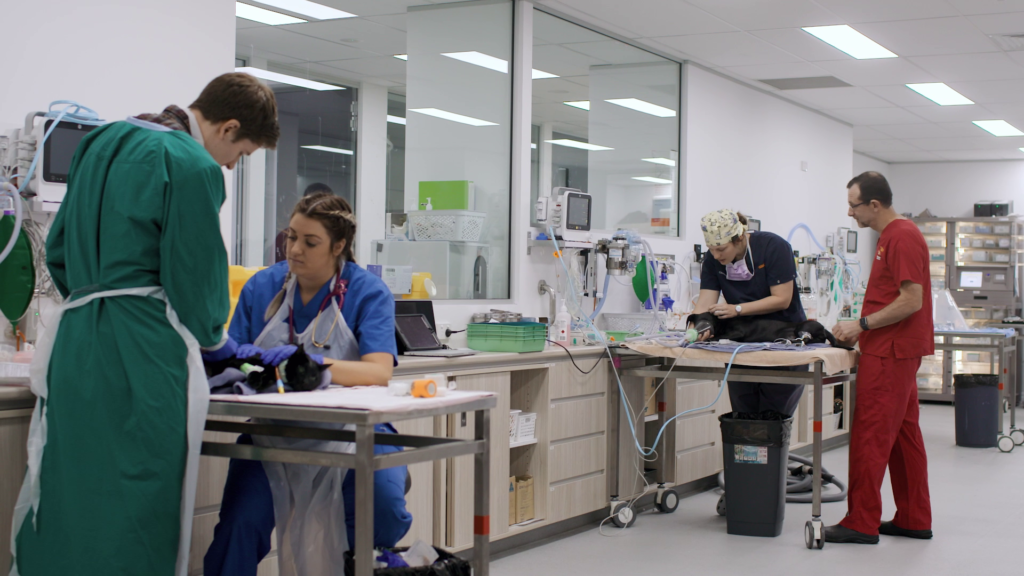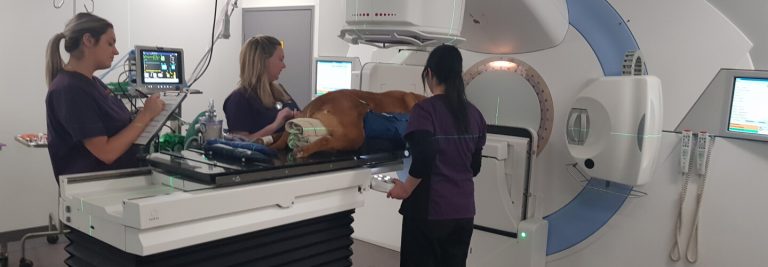Veterinary Anaesthesia and Analgesia
SASH Anaesthesia highlights:
- One of the largest and most experienced teams of Anaesthesia Specialists in Australia
- Improved safety and welfare, especially for ill patients with complex medical needs
- Providing world-class anaesthesia services to support for surgery & procedures, pain clinic for patient with chronic pain
SASH is proud to be one of very few veterinary hospitals in Australia that has a dedicated team of Specialists in Veterinary Anaesthesia and Analgesia (anaesthetists or anesthesiologists).
Anaesthesia is the controlled temporary loss of awareness and analgesia is the removal of pain. These are veterinary doctors who have undergone extensive training and passed specialist examinations in anaesthesia and analgesia across multiple species. The Anaesthetists at SASH are world-class experts in anaesthesia and have contributed to the field through conducting clinical research.

What is an Anaesthetist?
The role of Veterinary Anaesthetist is to:
· conduct a clinical examination of each patient to determine if the patient is suitable to undergo sedation or general anaesthesia
· adjust the anaesthesia protocol to the individual patient whilst taking into consideration all underlying health conditions, many of which may be complex
· manage potential complications around the time of anaesthesia and surgery (e.g. blood loss, cardiovascular and respiratory complications)
· provide advanced pain management techniques which includes a wide spectrum of ultrasound-guided and nerve-stimulation-guided locoregional techniques, epidural blocks as well as intravenous pain relief,
· evaluate patients, assess levels of pain and provide effective pain management after surgery,
· use neuro-muscular blocking agents that are required for specific surgical procedures (e.g. eye surgeries)
· provide safe and effective mechanical ventilation
Why are Anaesthetists important?
Much like human medicine, surgery and other invasive procedures cannot and should not be performed without anaesthesia or pain management. All anaesthesia carries some risk, especially in patients with underlying health conditions and this risk can be significantly reduced when the anaesthesia is overseen by a trained Anaesthetist.
Unlike human medicine, another important function of veterinary anaesthetists includes oversight of anaesthesia and sedation for some non-invasive procedures. Advanced imaging techniques such as CT and MRI require minimal patient movement and without anaesthesia, the image quality can be affected, negatively impacting interpretation.
This means that the Anaesthesia team works very closely with all specialist departments at SASH, including Diagnostic Imaging, Ophthalmology, Neurosurgery, Surgery, and many more.

About the SASH Anaesthesia service
The high level of anaesthesia service at SASH is achieved through four Specialists in Anaesthesia, supported by dedicated Anaesthesia Nurses as well as the presence of advanced medical equipment including, but not limited to:
- 6 Datex Ohmeda anaesthesia workstations with inbuild ventilators that can offer many different ventilation modes and spirometry
- 30+ multi-parameter monitors that measure a number of critical health parameters
- Nerve stimulator that allows for safe application of neuro-muscular blocking agents
- Ultrasound machine with high-frequency linear probe and nerve-stimulator which enables the team to provide more advanced loco-regional (pain management) techniques for acute and chronic pain conditions.
The anaesthesia specialists also provide alternative solutions for a variety of more complex chronic pain conditions like severe osteoarthritis, chronic disc extrusions (slipped discs), lumbo-sacral stenosis or orofacial pain syndrome. These are provided in the Pain Clinic if your animal is referred for more advanced pain management.




